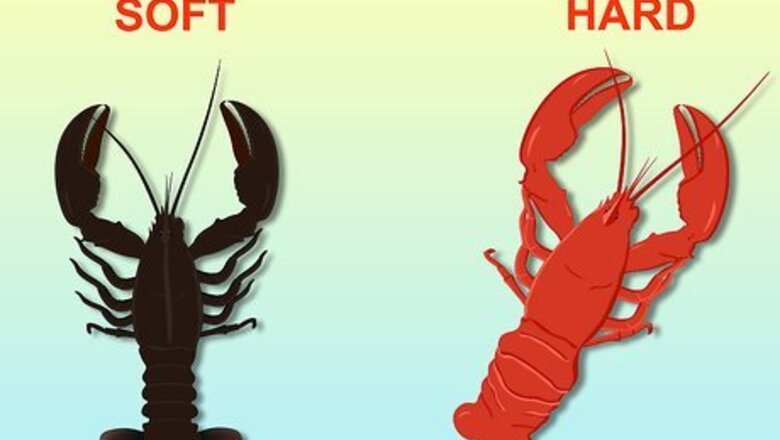
views
Choosing a Lobster
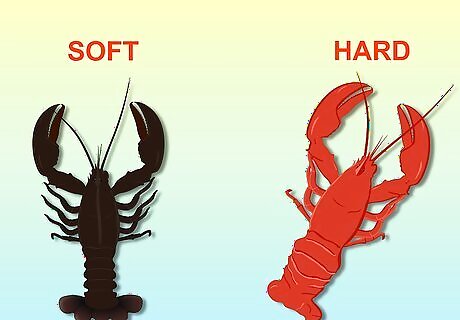
Decide between a hard shell or a "shedder." If you go to a restaurant that offers you the chance to choose your own lobster, you may be asked whether you want a hard shelled lobster or one that has recently shedded. Hard shell lobsters have matured enough that their shells are a little tough to break. The meat inside is firm and flavorful. Shedders have softer shells, since they have recently moulted. Soft-shelled lobster are much easier to get through. However, they usually aren't as "full" and consequently have less meat.
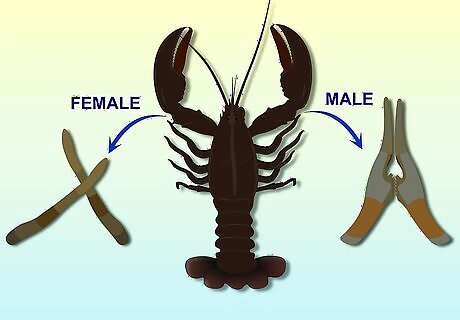
Choose between a male and a female. If you like tail meat, choose a female lobster, since the females' tails are larger to accommodate the transportation of eggs.
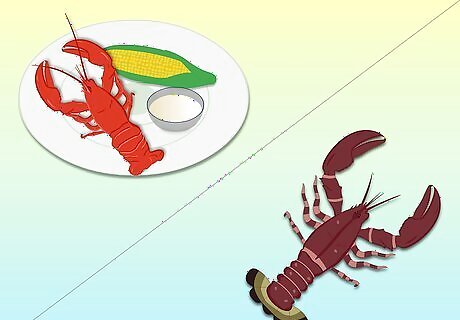
Choose one that looks healthy and lively. Now's not the time to go for the runt of the litter, or the underdog - choose a lobster that twitches its antennae and moves around inside the tank. Its color should be bright (though not red - that happens after it's cooked) and its eyes should be shiny. Avoid lobsters that look lethargic or sickly. Lobsters with visible shell damage or cloudy eyes might be contaminated. Lobsters with tails that are curled under are likely already dead, so avoid them.
Preparing to Eat Lobster
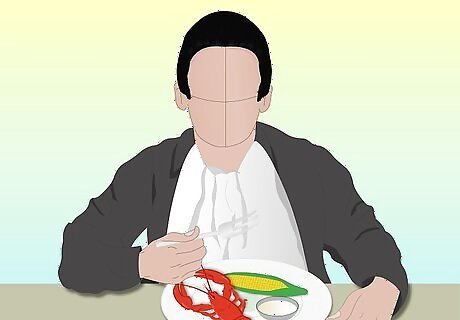
Dress appropriately. Lobster are often served in fine restaurants, but the experience of eating them can get a little messy. Small bits of lobster may fling from your fork as you eat, and you may get drops of butter on your clothing. Bibs are often provided, but you might want to wear something that isn't easily stained just in case.
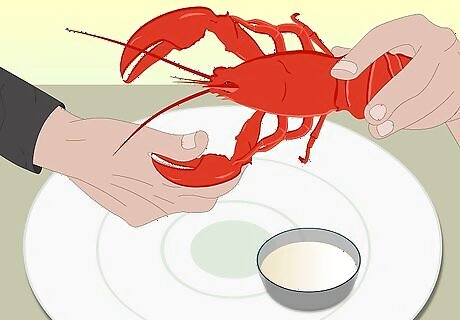
Be prepared to use your hands. It's very difficult to eat lobster without handling the various parts. Expect to touch the lobster's shell, legs, claws, tail, and insides with your fingers. By the end of the meal, you'll be quite familiar with lobster anatomy.
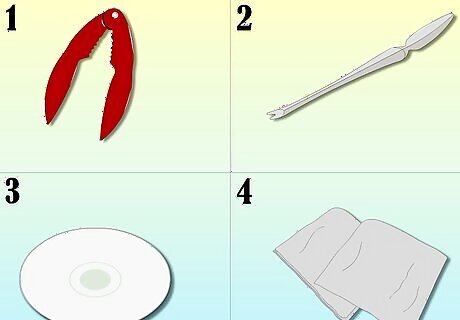
Know the tools. Lobster is served with the following equipment, used to make the experience of eating it a little easier: A lobster cracker, which is similar to a nutcracker. Without this, you'd have trouble getting through the lobster's tough shell to reach the meat inside. A lobster fork, or lobster pick, which is a tiny metal fork used to dig into the lobster's crevices for meat. A bone dish, used as a receptacle for lobster shells. Hand wipes are often dispensed after the meal, so you can wipe the lobster juices from your fingers.
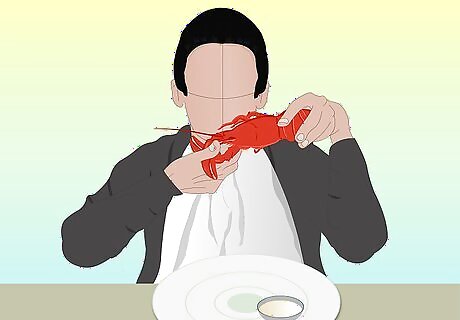
Eat it as you go, or dismantle it first. Some people like to eat the lobster part by part, eating the meat from each piece as it is detached from the body. Others prefer to dismantle the entire lobster and enjoy the meat all at once, after the work is out of the way. The choice is yours - both are equally acceptable, etiquette-wise.
Eating Lobster
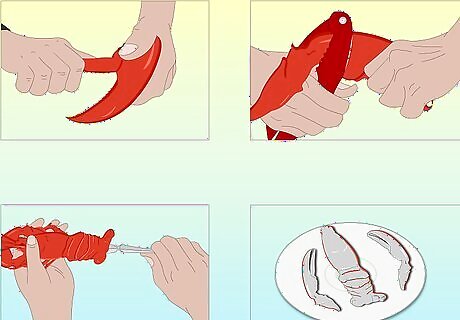
Twist off the claws. Pull each claw down and away from the body to remove it. Twist at the base of each claw, so you're left with two lobster "arms" with claws attached. Eat the arm meat. Use a lobster fork to dig out the meat from the arms. There's not much, but it's worth digging it out. Remove the thumb off the claws, breaking the claws at the joint. You'll see meat inside the thumb section. Use your lobster fork or pick to take it out. Use the lobster cracker to crack the larger part of the claws then use the lobster fork to remove it. The claw meat may be hefty enough to cut into smaller pieces using a knife. Discard pieces of shell and cartilage in the dish provided.
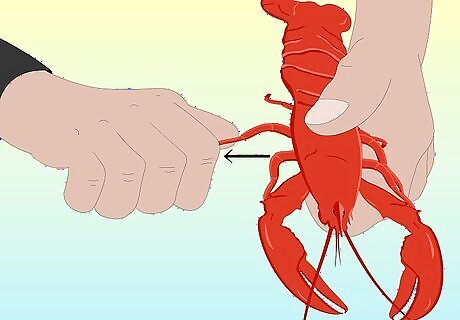
Pull the legs off the lobster. It is easy to simply suck the meat out of the legs. Some people don't bother as a lobster has skinnier legs than a size zero model and considerably more of them.
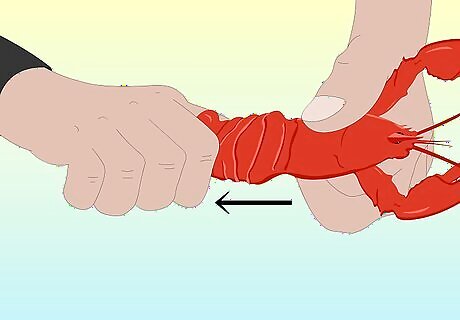
Separate the tail from the body. Crack the tail open and using your fork or pick, remove the meat from the tail in one piece. Twist the "flippers" from the tail and pull out the small morsels of meat inside. Find and discard the large black vein in the tail meat as this is the bowel and not highly prized.
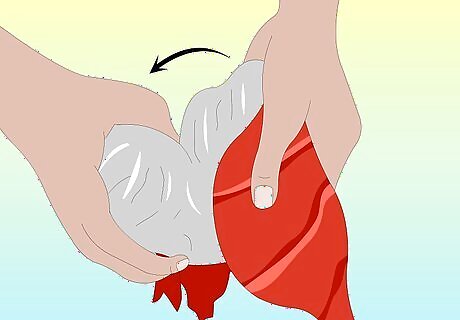
Cut incisions in the underside of the body. Pull the shell of the main body open, and pick out any pieces of white meat that you can find.
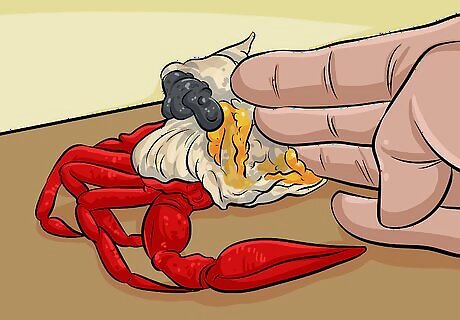
Eat the tomalley. This is the lobster's liver and pancreas. It is avoided by some but loved by diehard lobster fans. It's a gray substance found in the body of the lobster among the innards.
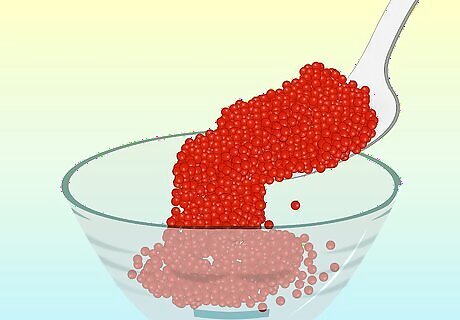
Find the coral. If you have a female lobster, you may see red eggs, or roe, inside the body.




















Comments
0 comment